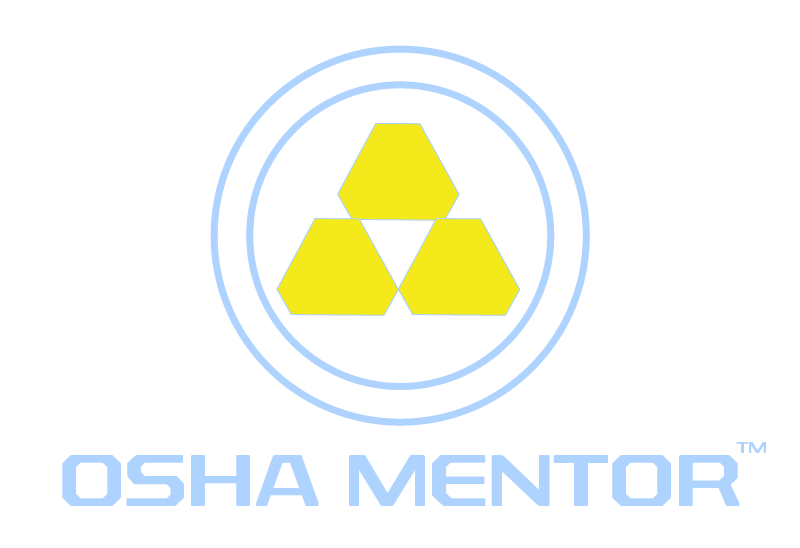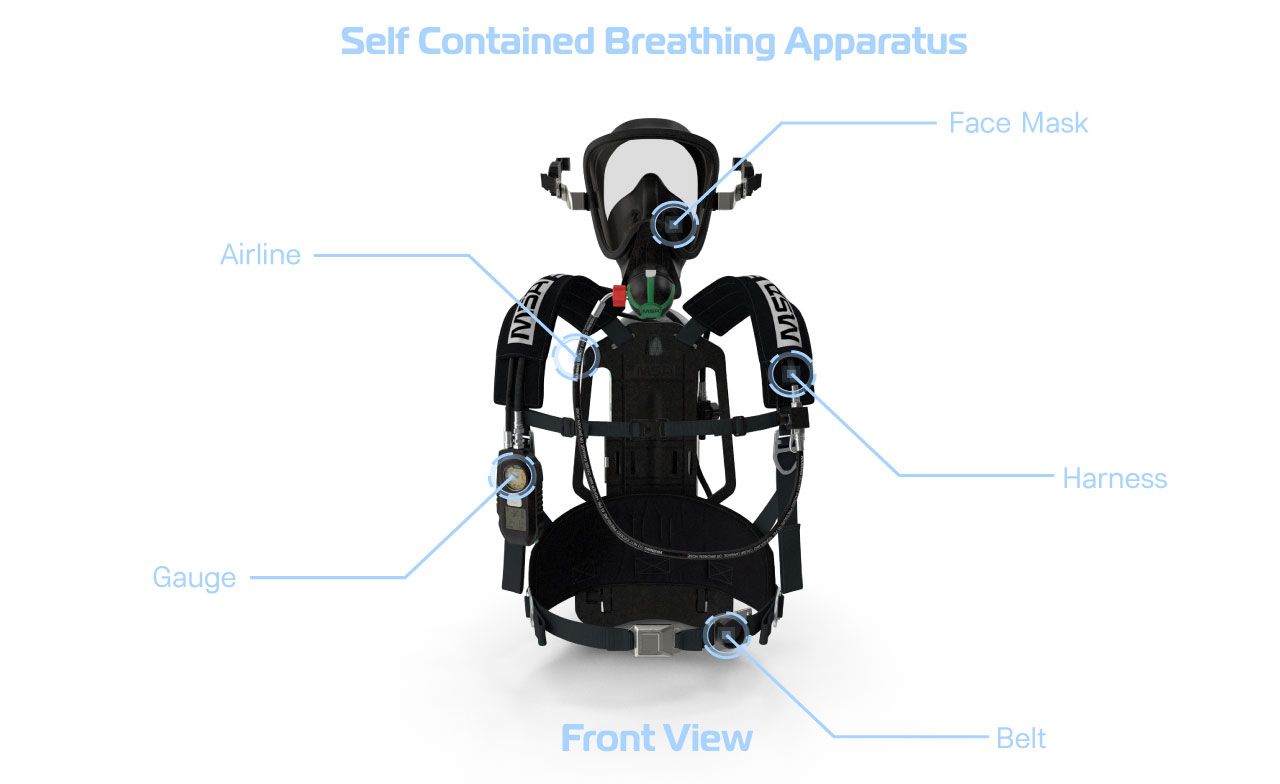
Self Contained Breathing Apparatus (SCBA)

What is a Self Contained Breathing Apparatus (SCBA)?
Respirators that supply air to the wearer, such as self-contained breathing apparatus (SCBA) and supplied-air (airline) respirators, are highly complex and require comprehensive respirator programs to support their use. These respirators are commonly known as supplied-air or atmosphere supplying respirators. One crucial aspect of these programs is implementing procedures to ensure the quality of the breathing air supplied by atmosphere supplying respirators.
SCBAs are devices that provide breathable air to workers in environments with low oxygen levels or airborne contaminants, making them especially useful for those handling hazardous materials in contaminated areas at Hazardous Waste Operations and Emergency Response (HAZWOPER) sites. They are required for use in atmospheres that pose an immediate danger to life and health (IDLH). SCBAs consist of a facemask connected to a hose that is connected to a compressed air source worn by the user.
There are two types of SCBAs: escape-only and entry-and-escape. Escape-only SCBAs are continuous-flow devices that provide emergency protection. Employers should ensure that employees carry an escape SCBA in case of emergency. Entry-and-escape SCBAs, on the other hand, provide workers with untethered access to most areas of a worksite. However, these units can limit mobility, especially in confined areas, due to their bulk and weight. They are required when dealing with unidentified and unquantified airborne contaminants.
Entry-and-escape SCBAs come in two types: open-circuit and closed-circuit. In open-circuit SCBAs, exhaled air is released into the ambient atmosphere, while in closed-circuit devices, exhaled air is recycled by removing carbon dioxide and replenishing consumed oxygen with oxygen from a solid, liquid, or gaseous source. The types of SCBAs and their respective advantages and disadvantages are outlined in our HAZWOPER training.
All compressed breathing gas cylinders used in SCBAs must meet the minimum requirements of the U.S. Department of Transportation for interstate shipment. Breathing air must meet or exceed the standards for Grade D breathing air set by the Compressed Gas Association Commodity Specification for Air, CGA G-7.1, American National Standards Institute (ANSI) Z86.1-1973 and the Occupational Safety and Health Administration (OSHA) regulation 29 CFR 1910.134.
Proper training is required before using an SCBA, including planning for the duration of the air supply, which is limited by the amount of air carried and the rate of consumption. It is important to note again that the bulk and weight of SCBAs can increase the likelihood of heat stress and limit movement. This is especially a concern in confined spaces or other areas where access and egress are a concern.
Related Articles
What HAZWOPER Training Do I Need?
HAZWOPER Training Regulations
What Is OSHA HAZWOPER?
HAZWOPER PPE Levels
HAZWOPER Training Regulations
What Is OSHA HAZWOPER?
HAZWOPER PPE Levels
Sources
U.S. Occupational Safety and Health Administration
https://www.osha.gov/laws-regs/standardinterpretations/1994-04-25-1
https://www.osha.gov/laws-regs/standardinterpretations/1994-04-25-1
Write your awesome label here.

